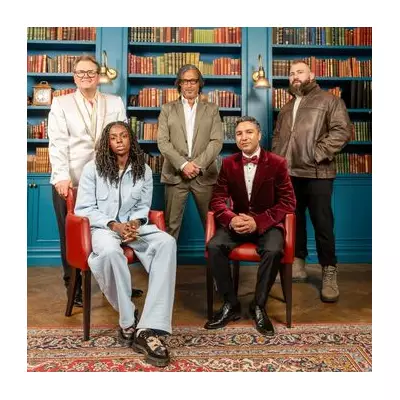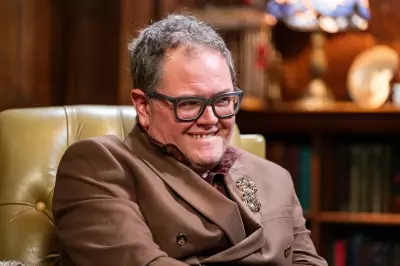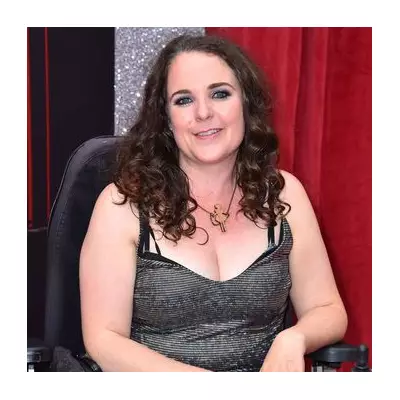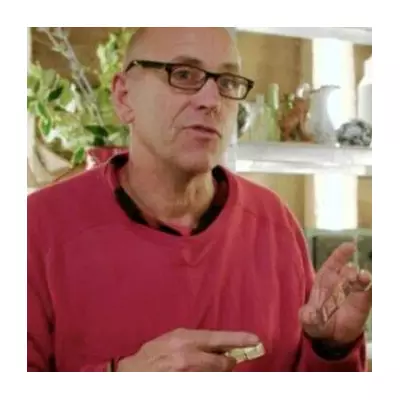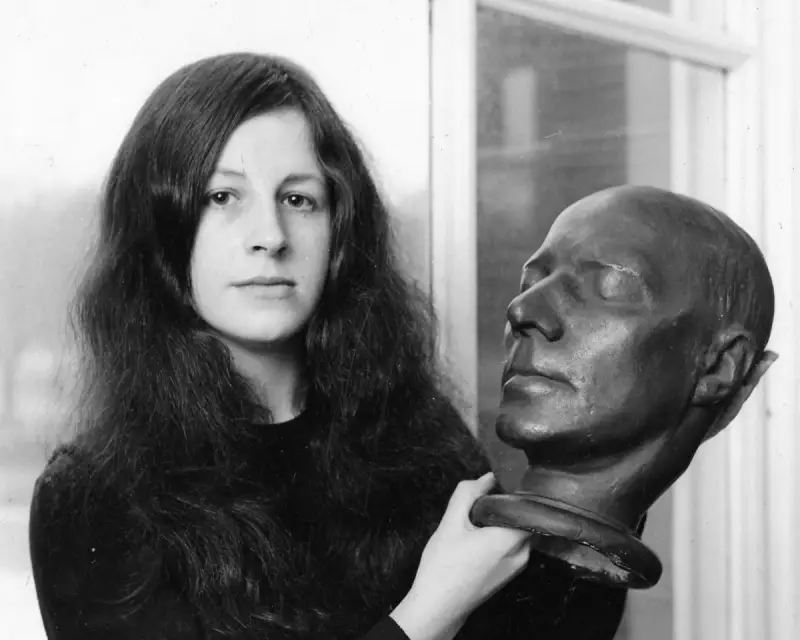
The Curator Who Championed Everyday History
Elspeth King, the visionary museum director who fundamentally transformed how Scotland presents its social history, has died at the age of 76. As curator of Glasgow's People's Palace from 1974 to 1990, she pioneered a radical approach that placed working-class lives at the centre of museum practice, challenging traditional focus on fine art and aristocratic relics.
Transforming Glasgow's People's Palace
When King arrived at the People's Palace in 1974, she found a fading institution with dwindling visitors and dusty display cases. Founded in 1898 to serve Glasgow's East End communities, the museum had lost its way. King immediately injected new energy and purpose, determined to make the museum speak in the voices of the people it served.
Over her sixteen-year tenure, she curated more than forty exhibitions, many developed directly with local community groups. Her 1979 exhibition Scotland Sober and Free, marking the 150th anniversary of the temperance movement, attracted record-breaking audiences. She frequently collaborated with her partner Michael Donnelly, the museum's assistant curator and an expert in Scottish stained glass, to celebrate Glasgow's artistic traditions.
One of her most controversial early decisions involved acquiring Billy Connolly's iconic banana boots, designed by pop artist Edmund Smith. Traditionalists protested that the comedian's reputation had no place in a museum, but King stood firm, arguing they captured Glasgow's irreverent spirit. The boots became one of the museum's most famous exhibits.
King's innovative approach extended to making her cat, Smudge, the official rodent catcher in 1979 and even registering him as a GMB union member – a characteristically witty gesture that embodied her blend of humour and social conscience.
Political Campaigns and Lasting Legacy
King never shied away from political battles. In the late 1970s, she led opposition to a motorway project threatening to demolish the People's Palace. She commissioned then little-known artist Alasdair Gray to document city life, resulting in his Continuous Glasgow Show (1978) – a series of more than thirty paintings that arguably saved the museum from closure.
Under her leadership, the People's Palace won European Museum of the Year in 1981 and British Museum of the Year in 1983. However, her outspoken advocacy for community-based culture frequently brought her into conflict with Glasgow City Council.
In 1990, after being passed over for promotion to keeper of Glasgow's social history, King left the People's Palace. She became director of the Dunfermline Heritage Trust, overseeing the restoration of Abbot House and commissioning Gray again to create a magnificent thistle ceiling mural symbolising ten centuries of local history.
From 1994, she served as director of the Stirling Smith Art Gallery and Museum for twenty-four years, where she immediately reinstated Smudge to official duties. When funding cuts threatened closure in 2018, over 7,000 people signed a petition to keep the museum open – testament to the public loyalty she inspired.
Recovering Scotland's Feminist History
Beyond her curatorial work, King made profound contributions to recovering Scotland's feminist history. From the 1970s, she researched the Scottish suffrage movement, uncovering women who had been largely erased from public memory.
Through meticulous archival work and oral histories, she restored recognition to figures like Helen Crawfurd, Ethel Moorhead, Frances Parker and Janie Allan – women who had fought, been arrested, and endured force-feeding for political equality. Her exhibitions and publications demonstrated that Scotland's struggle for the vote had been as fierce and imaginative as anywhere in Britain.
Born in Lochore, Fife, in 1949 to a mining family, King developed an early appreciation for overlooked histories. She studied medieval history at the University of St Andrews before completing a postgraduate degree in museum studies at Leicester University.
In 2005, she received an honorary doctorate from the University of Stirling recognising her contributions to Scottish museums and culture. Her life's work demonstrated that museums could be places of civic pride and shared memory rather than mausoleums of privilege. She is survived by her partner Michael Donnelly.

